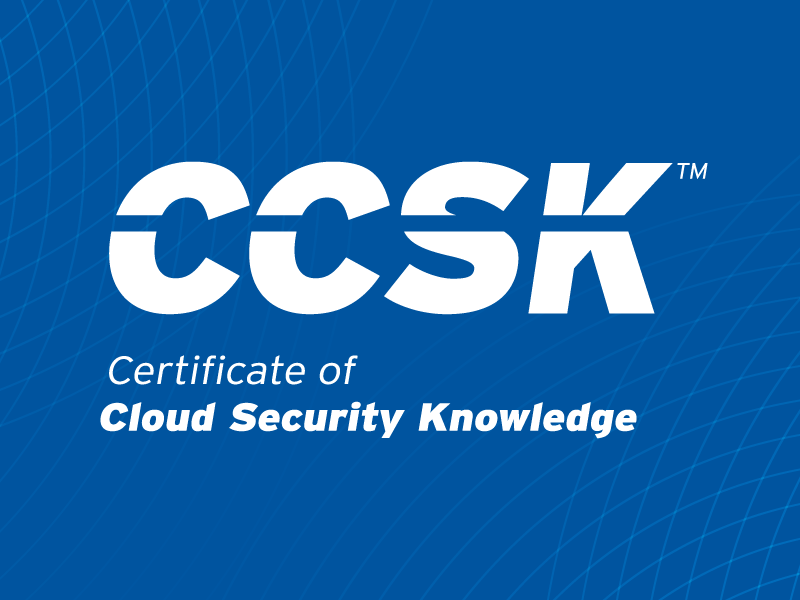Getting Started with Kubernetes Security: A Practical Guide for New Teams
Published 04/25/2025
Writtn by Ethan Chen, Expel.
Kubernetes continues to change how organizations build and scale applications. Originally born out of Google’s experience running distributed systems, Kubernetes—or K8s—has become the go-to tool for orchestrating containers across environments.
But like many powerful tools, Kubernetes brings a fair amount of complexity with it—especially when it comes to security.
I recently chatted with a fellow Expletive (that’s what we call ourselves here at Expel) about this very topic. In our conversation, I walked through what makes Kubernetes security so challenging, and more importantly, how security teams can get started in a way that sets them up for long-term success.
Video: Very important questions: How do I secure Kubernetes (K8s)?
Whether you’re standing up your first cluster or are tightening up your existing environment (or are, frankly, trying to educate a colleague on why your job is so stressful), hopefully this guide will prove valuable.
Why Kubernetes is hard to secure
Before we dig into some practical ways to harden your Kubernetes environment, let’s quickly cover off on some basics. Why is Kubernetes so difficult to secure?
Well, most traditional infrastructure is relatively stable—you’ve got fixed servers, static IP ranges, and predictable workloads. Kubernetes flips that model on its head.
The cloud is already ephemeral by nature, but Kubernetes dials that up significantly. Instead of a handful of VMs or services, you're now managing clusters (which include nodes), nodes (which include pods), pods (which include containers), and containers—all dynamically spinning up and down, sometimes within seconds, and any of which can include security vulnerabilities.
In the interview, Ben (the Expletive I was talking with) called it a “Russian doll nightmare”—and honestly, that’s not far off.
Here are a few reasons Kubernetes security is particularly tough:
- Huge attack surface: Every node, pod, and API endpoint is a potential entry point.
- Constant noise: With workloads in constant flux, it’s easy to miss real signals buried in routine activity.
- Limited attribution: Containers come and go quickly, which makes it hard to tie events back to specific entities.
All of that means visibility and context are critical—but not easy to get right.
A simple framework for getting started
If you’re new to Kubernetes security, it can feel overwhelming. My advice? Start small and scale up. Trying to secure everything all at once usually leads to frustration—or worse, missed gaps.
Here’s the four-stage framework I like to use when helping teams begin their journey:
1. Start with a test case
Don’t try to move every app into Kubernetes on day one. Pick one workload—something lower-risk—and use that as your sandbox. It gives you space to experiment, learn, and get your feet under you before making bigger decisions that impact your whole environment.
You’ll also get a much better sense of what your security (and operational) strategy needs to look like before going wider.
2. Prioritize visibility
You can’t secure what you can’t see. Before enforcing controls, you need to build observability into your environment.
That means more than just turning on logs. You want real-time visibility into what’s running, what’s changing, and how services are communicating. That context makes it possible to detect misconfigurations, spot suspicious behavior, and understand the full story behind any alert.
Think of it as your foundation—without it, the rest of your security program is on shaky ground.
3. Tighten up your configurations
Once you’ve got visibility, the next step is addressing misconfigurations. Kubernetes is incredibly flexible, which is both a blessing and a curse. It’s easy to make small mistakes that create big vulnerabilities.
Start by defining templates (or blueprints) for how you want clusters to be configured. From there, use tooling to catch common risks—like containers running with elevated privileges, overly permissive network policies, or outdated images.
The earlier you set guardrails, the easier it becomes to scale securely.
4. Lock down access with least privilege
Last but not least, focus on who (and what) has access to what. Kubernetes offers a lot of control mechanisms here—you just have to use them.
Start with RBAC to make sure users and service accounts only have the permissions they need. Then go deeper: look at how your workloads are configured, what privileges they request, and whether they’re operating inside tight runtime profiles.
At this stage, it’s also worth exploring tools like security contexts, seccomp profiles, and admission controllers to help enforce policies and catch problems before they hit production.
Take your time here. Test changes in your sandboxed workload before applying them across the board.
Kubernetes is powerful—for you and your adversaries
Kubernetes is an incredibly powerful platform. That’s what makes it so valuable to developers—and so appealing to attackers.
A well-configured cluster can help your team move faster, ship safer, and adapt to change. But if you leave doors open, bad actors can exploit those same features to run cryptojacking campaigns, exfiltrate data, or move laterally inside your environment. (Remember the Tesla breach from a few years back? That happened in a Kubernetes cluster.)
That’s why a thoughtful, layered defense matters. The more you understand how Kubernetes components work together, the easier it becomes to define your attack surface—and design the right monitoring and response strategies to protect it.
Final thoughts
Kubernetes adoption isn’t slowing down anytime soon. If anything, it’s becoming a core part of how modern organizations build and run software.
Security teams don’t need to be Kubernetes experts overnight—but they do need a plan.
Start small. Invest in visibility. Lock down misconfigurations and access. And most importantly, give yourself room to experiment and learn before you scale.
Looking for more Kubernetes resources?
- For beginners: I recommend checking out a long-form, two-part guide our team recently produced.
- For active K8s defenders: I recommend this Kubernetes Mind Map that connects Kubernetes to MITRE ATT&CK tactics.
Bottom line, you don’t have to solve the whole “Russian doll nightmare” in one go. But with the right mindset, you can turn complexity into a competitive advantage.
About the Author
 Ethan Chen is an expert in cloud security, particularly within the context of emerging AI/ML threats. He leads cloud strategy at Expel, an enterprise threat detection & response service used by clients like Visa, Delta, and Uber. Previously, Ethan shaped security practices at Fortune 500 companies as a cybersecurity consultant at PwC, safeguarding services used by millions worldwide. Ethan prioritizes community building, digital privacy, and impact at scale, values he suffuses in all of his work.
Ethan Chen is an expert in cloud security, particularly within the context of emerging AI/ML threats. He leads cloud strategy at Expel, an enterprise threat detection & response service used by clients like Visa, Delta, and Uber. Previously, Ethan shaped security practices at Fortune 500 companies as a cybersecurity consultant at PwC, safeguarding services used by millions worldwide. Ethan prioritizes community building, digital privacy, and impact at scale, values he suffuses in all of his work.
Unlock Cloud Security Insights
Subscribe to our newsletter for the latest expert trends and updates
Related Articles:
Implementing CCM: Threat & Vulnerability Management Controls
Published: 11/21/2025
Red Teaming Voice AI: Securing the Next Generation of Conversational Systems
Published: 11/20/2025
It’s Time to Make Cloud Threat Modeling Continuous
Published: 11/20/2025
The 99% Solution: MFA for Hypervisor Security
Published: 11/18/2025







.jpeg)
.jpeg)
.jpeg)